Industry comes together over criticism, adopts new standards of environmental and social responsibility
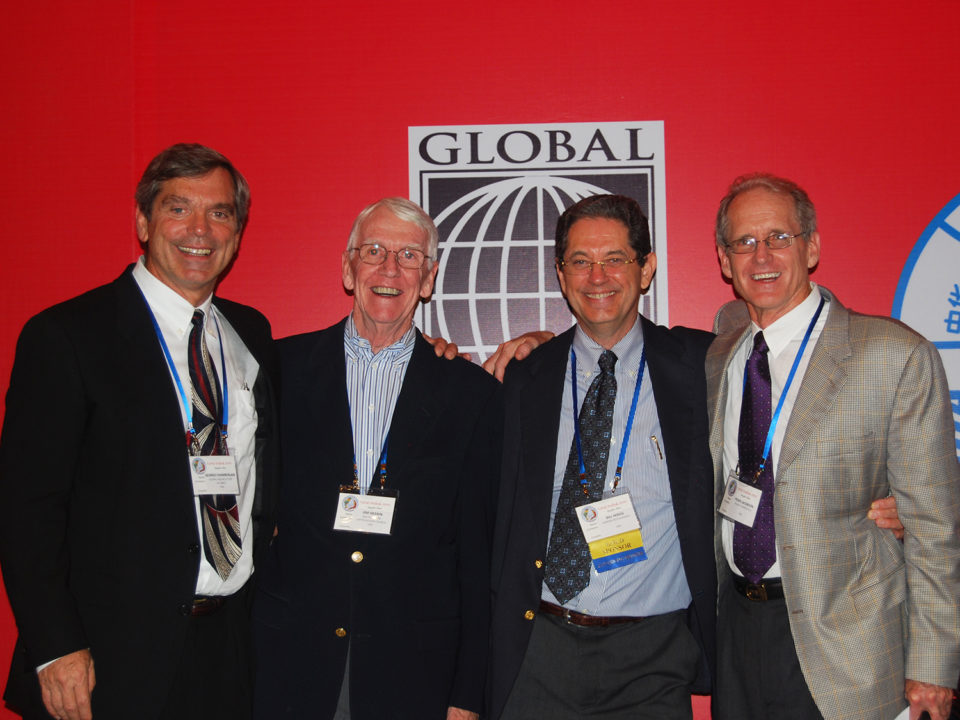
The explosive growth of shrimp aquaculture in the 1990s landed producers of the popular seafood in a bit of hot water. Environmental activist groups were painting shrimp farms as destroyers of precious coastal mangrove forests in Central and South America.
Studies would later determine that the drivers of mangrove deforestation around the world were not aquaculture activities alone – rice and palm oil agriculture were other key factors – and that the bulk of mangrove loss likely had occurred before many existing shrimp farms were constructed. At the time, however, commercial enterprises within the shrimp aquaculture industry were often defenseless against intense scrutiny.
Needing a unified voice to counter the mounting criticism, a handful of producers, a prominent restaurant company and a scientist credited with advances in shrimp breeding set about to change common perceptions about farmed shrimp, to learn more about their operations’ impact on coastal ecosystems and to devise a set of operational standards to protect the environment.
“We got called a lot of names back then,” said Jim Heerin, who at the time owned and operated a shrimp farming company in Florida called Sea Farms Inc. While Sea Farms was producing shrimp in Florida, the company saw the value in aligning with producers around the world, for all farmed shrimp was feeling the heat.
“It was happening, no doubt about it, to us too,” said Heerin.
It got so bad that one producer in Central America was vilified in local media coverage.
“There were articles in the newspaper naming us as ‘destroyers of the mangroves,’” said Jeff Sedacca, currently president of Sunnyvale Seafood. At the time Sedacca owned Lumar, a shrimp company that had coincidentally re-planted 600 acres of mangroves in Guatemala that had been cut for firewood many years before.
To those of us deeply involved in seafood, it was clear that [aquaculture] was the future of the business.
Sedacca admits that mangroves had been cut for aquaculture pond dikes as well as roads to these remote areas. He credits Bill More – a shrimp-farming expert who consulted in technical, operational and management phases of countless aquaculture projects throughout Central and South America – for providing the motivation to get aligned with stricter environmental measures to build confidence in aquaculture.
“[More] put the full-court press on us in 1996 at the Boston seafood show. He convinced me and a handful of friendly competitors that if we didn’t find a way to police ourselves somebody was going to police us,” Sedacca said. “A lot of mangroves had been destroyed but much of it was before us. We needed a mechanism for developing shrimp farming that could be controlled. Not only because of the [public relations] problem but because of the impact on the environment.”
The aggression escalated into the marketplace.
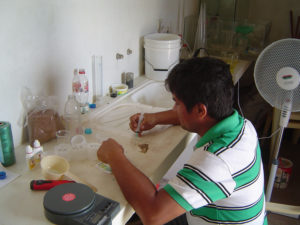
“There was a lot of environmental pressure,” echoed Bill Herzig, who in the late 1990s left shrimp supplier SeaPak to head seafood procurement for Darden Restaurants, parent company to the largest U.S. seafood restaurant chain, Red Lobster. “To those of us deeply involved in seafood, it was clear that [aquaculture] was the future of the business. We convinced senior management at Darden of the importance of having that source be sustainable.”
Compounding woes for farmed shrimp, mistakes in animal welfare and disease management were being made by producers around the world. The shrimp disease White Spot Syndrome had spread globally, and avoidable mistakes being made in one region were being repeated elsewhere.
“Aquaculture was new to Latin America,” explained Peder Jacobsen, who in the 1990s was owner-manager of the Seajoy shrimp farms operating in Ecuador, Honduras and Nicaragua, areas where shrimp farms operated in and around mangroves. “Getting investment in the industry was risky. There was not enough funding to counter the big budgets of the environmental groups, and no access to public media.”
At the 1996 World Aquaculture Society (WAS) meeting in Bangkok, Thailand, several seafood company executives discussed the formation of a separate aquaculture business association since WAS, an academic organization, was committed to its charter, which prevented commercial activities.
Andy Davlin, an outspoken financial advisor to the aquaculture industry, approached then-WAS President George Chamberlain – a scientist who spearheaded Ralston Purina’s shrimp research projects and had deep experience with numerous shrimp breeding programs, and whose term was about to expire – as well as incoming President Meryl Broussard. He told them that there was an acute need for a group that could not only police the industry and represent its interests in international affairs, but could also serve as a bridge between the various shrimp-producing regions to share knowledge and technology. They surmised that such a group could convene pre-competitive activities that would benefit everyone involved.
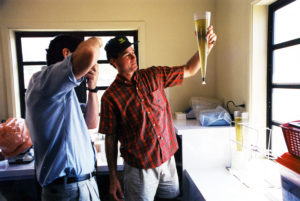
The following year, at the WAS meeting in Seattle, the Global Aquaculture Alliance would be born. The only question was, who would run it? When 55 aquaculture industry leaders gathered to discuss organizing committees for the new yet-to-be-named organization, Chamberlain was nominated to chair the committee. He agreed, providing others would help.
“Immediately, several people raised their hands,” said Chamberlain, who remains president of GAA. “Bill [Herzig] agreed to host the first meeting of the organizing committee at the Darden Restaurants headquarters in Orlando, Fla. At that meeting, we chose the name Global Aquaculture Alliance. Lee Weddig, the executive director of the National Fisheries Institute, drafted the GAA bylaws and our Guiding Principles. We planned our first fund-raising event at the shrimp farming meeting in Honduras later that spring. When we finished our pledges, we held our breath and hoped that others would join us.”
During the bootstrapping years of GAA early existence, Chamberlain’s wife, Susan, set up an office in their family’s home and took over administrative duties, a role she filled until she passed away in 2012. Bill More and his wife Betty were leaned on for their technical expertise and business administration skills, respectively. Bill More strove to convince other shrimp producers about the need to adhere to a set of standards that would limit the growing industry’s environmental impacts. He would go on to spearhead the Aquaculture Certification Council.
We may have looked the other way for a while, but we were convinced that you can only look the other way for only so long.
Facts were gathered from mangrove experts around the world, and new, proactive approaches were encouraged to prevent further losses. The process of determining best practices for siting farms was expanded to other aspects of production, and became the blueprint for the Best Aquaculture Practices certification program that would be developed years later.
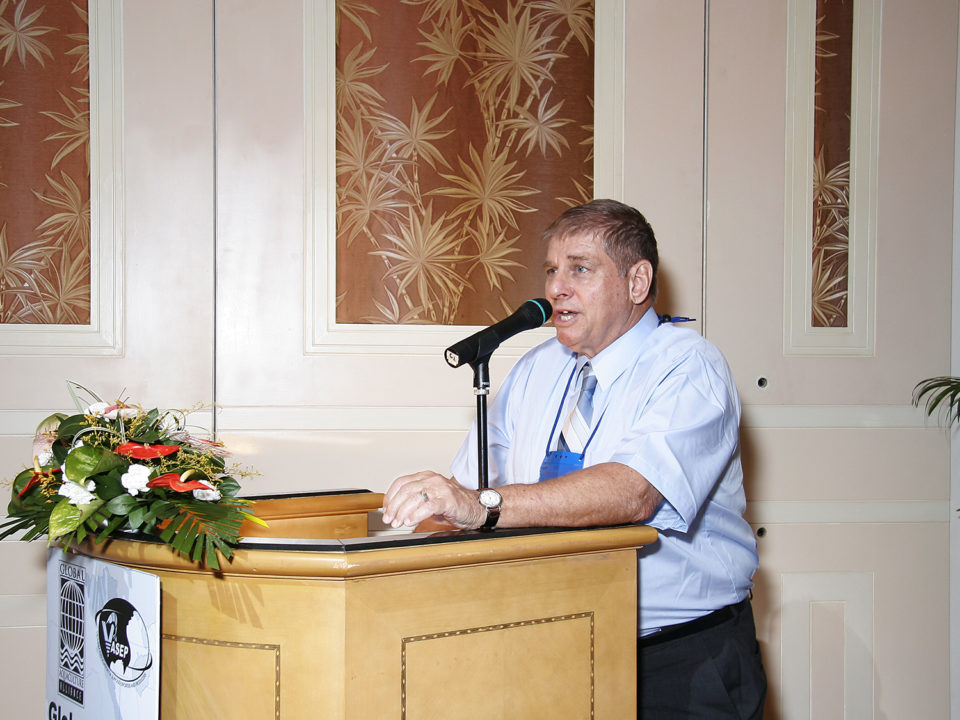
Other important figures in the organization’s formative years participated on a mostly volunteer basis.
“My job was how to figure out how to make this work as a business, fund it, and bring in other suppliers and consumer-facing brands. Red Lobster was the first big, visible company that came on board,” said Herzig. “We paid Visa with Master Card. We needed money and a commitment.”
A commitment is what GAA got. By founding the Global Shrimp Outlook conference, and later the Global Fish Outlook conferences, GAA convened industry leaders worldwide to share data and join in important discussions about animal health and welfare, environmental and social responsibility, leadership, innovation and the constantly evolving marketplace, which began to more readily accept farmed seafood.
“Truthfully, I think that GAA dramatically changed the face of the aquaculture seafood business,” said Herzig. “[BAP] standards are now widely accepted by consumer-facing brands and are accepted by industry-leading producers. The truth of the matter is some are on board because the brands told them to, but those brands realized the value of certification. The credibility it developed allowed it to quietly and gently make the industry far more sustainable that it was before. That is a huge contribution.”
“It helped unite the industry,” said Jacobsen. “After a few other environmental and social accusations had been leveled at the industry, the founders of GAA realized that we would be constantly putting out fires unless we became proactive. With this realization we embraced our social and sustainability responsibilities head-on.”
“It was my first environmentally [and] socially conscious wake-up,” said Sedacca. “Until then it was all about business. We may have looked the other way for a while, but we were convinced that you can only look the other way for only so long.”
Author
-
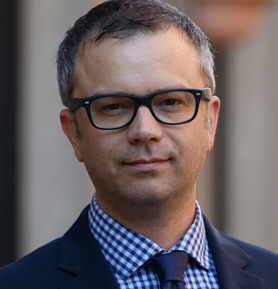
James Wright
Editorial Manager
Global Aquaculture Alliance
Portsmouth, NH, USA[103,114,111,46,101,99,110,97,105,108,108,97,101,114,117,116,108,117,99,97,117,113,97,64,116,104,103,105,114,119,46,115,101,109,97,106]
Tagged With
Related Posts
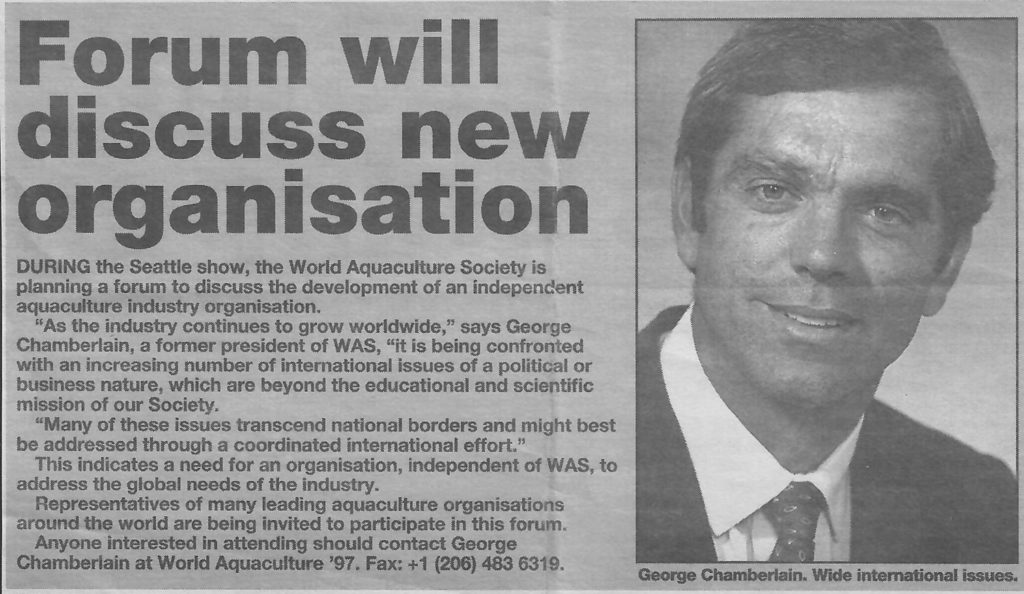
Innovation & Investment
20 years of the Global Aquaculture Alliance
A timeline of key milestones and achievements by the Global Aquaculture Alliance and its third-party aquaculture certification scheme, Best Aquaculture Practices (BAP).

Health & Welfare
A holistic management approach to EMS
Early Mortality Syndrome has devastated farmed shrimp in Asia and Latin America. With better understanding of the pathogen and the development and improvement of novel strategies, shrimp farmers are now able to better manage the disease.
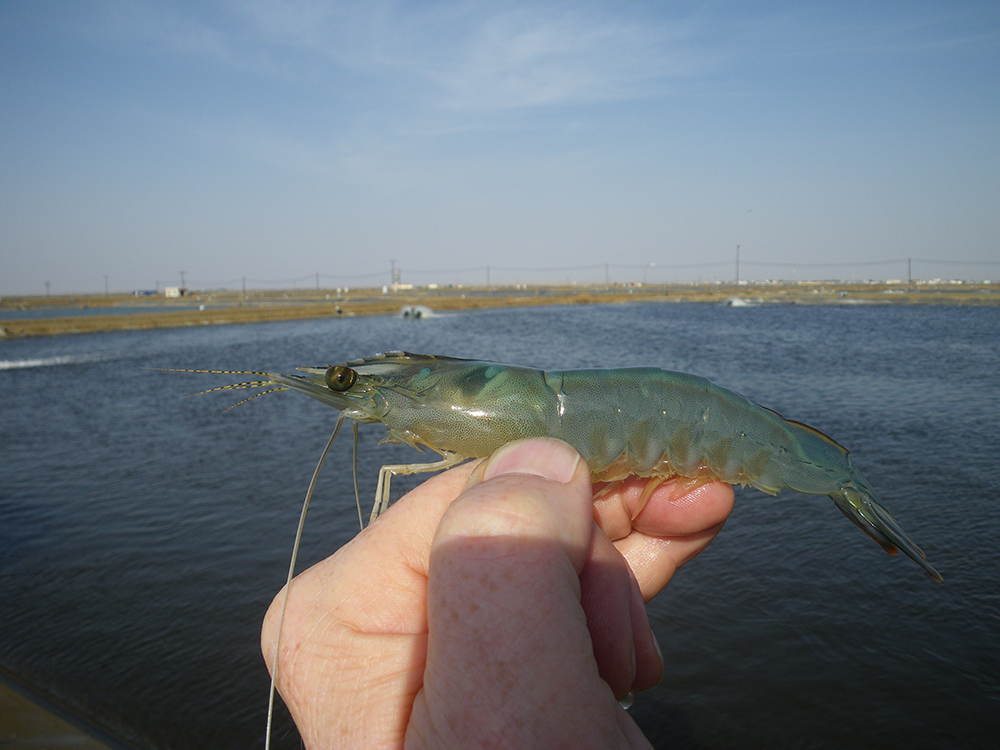
Health & Welfare
EHP a risk factor for other shrimp diseases
Laboratory challenges and a case-control study were used to determine the effects of EHP infection on two Vibrio diseases: acute hepatopancreatic necrosis disease (AHPND) and septic hepatopancreatic necrosis (SHPN).
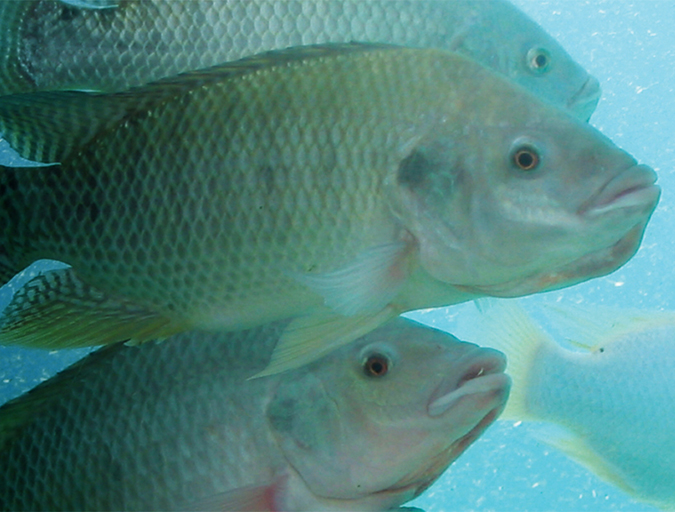
Health & Welfare
Aquaculture disease experts to download at GOAL 2016
At this year’s GOAL conference in Guangzhou, China, leading animal welfare and aquatic animal disease experts will share knowledge about how producers can gird their operations. EMS, EHP, streptococcosis and sea lice will be addressed, as will the latest in area management.

